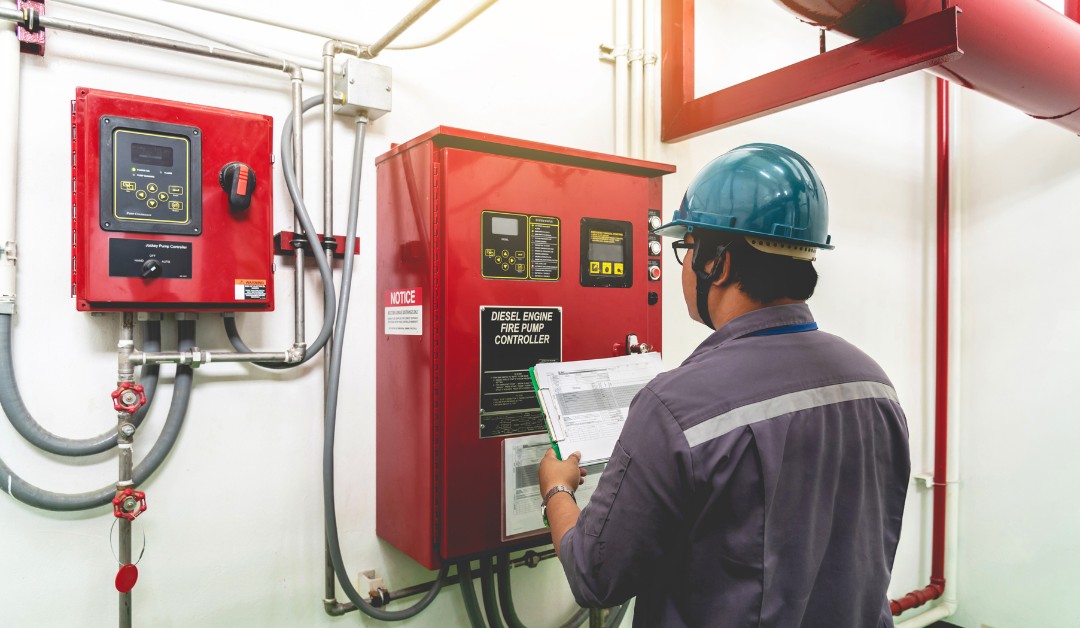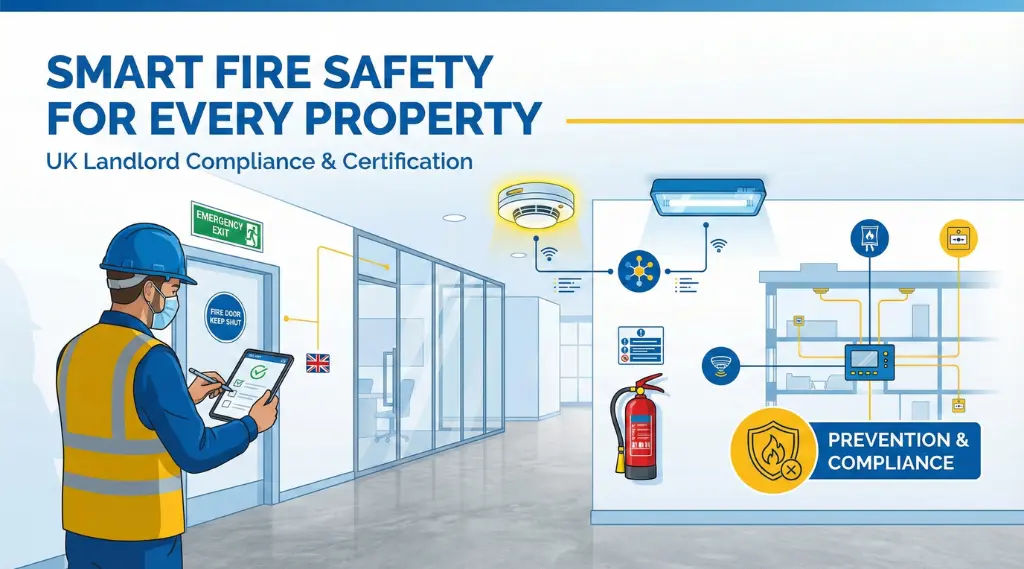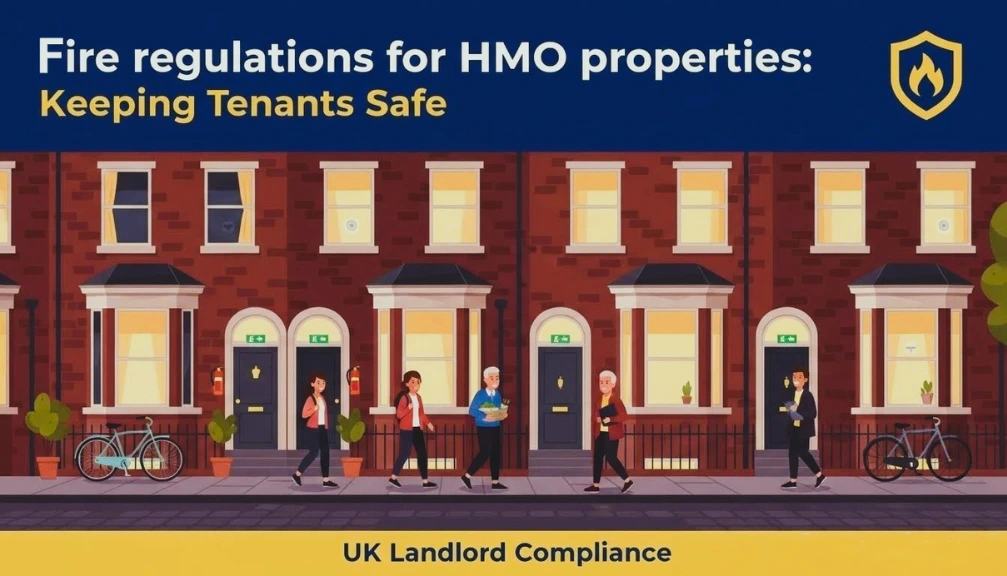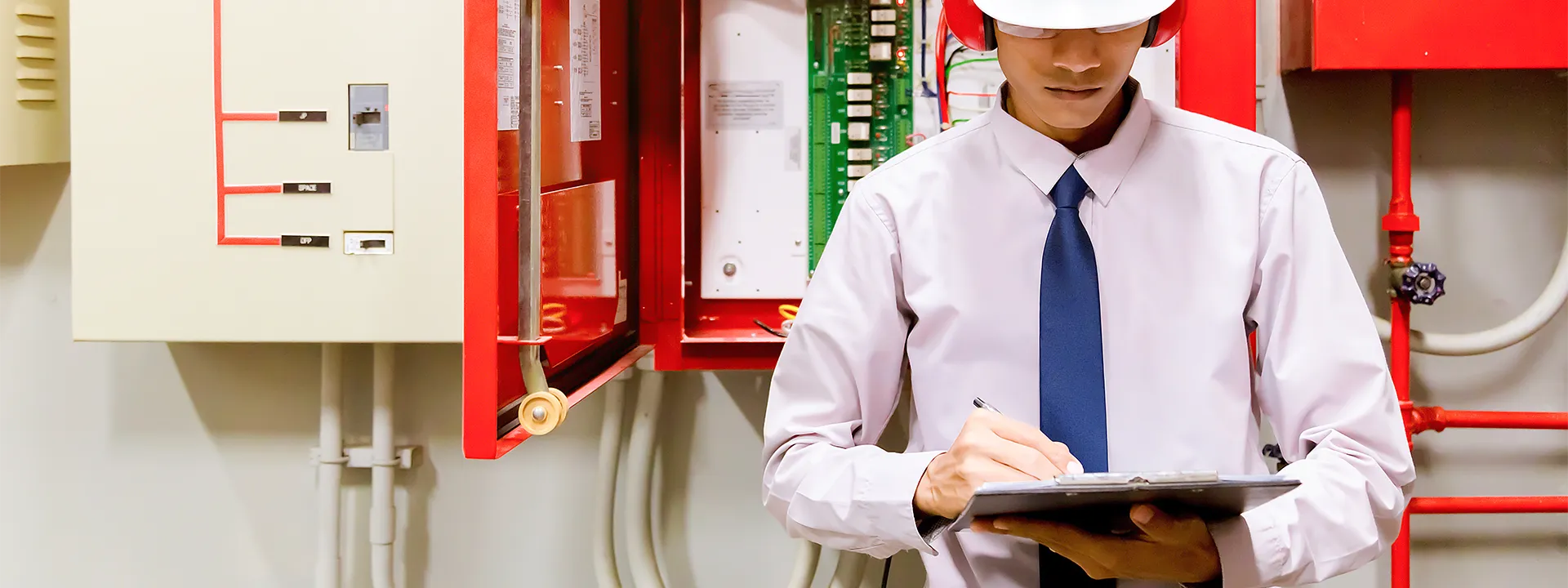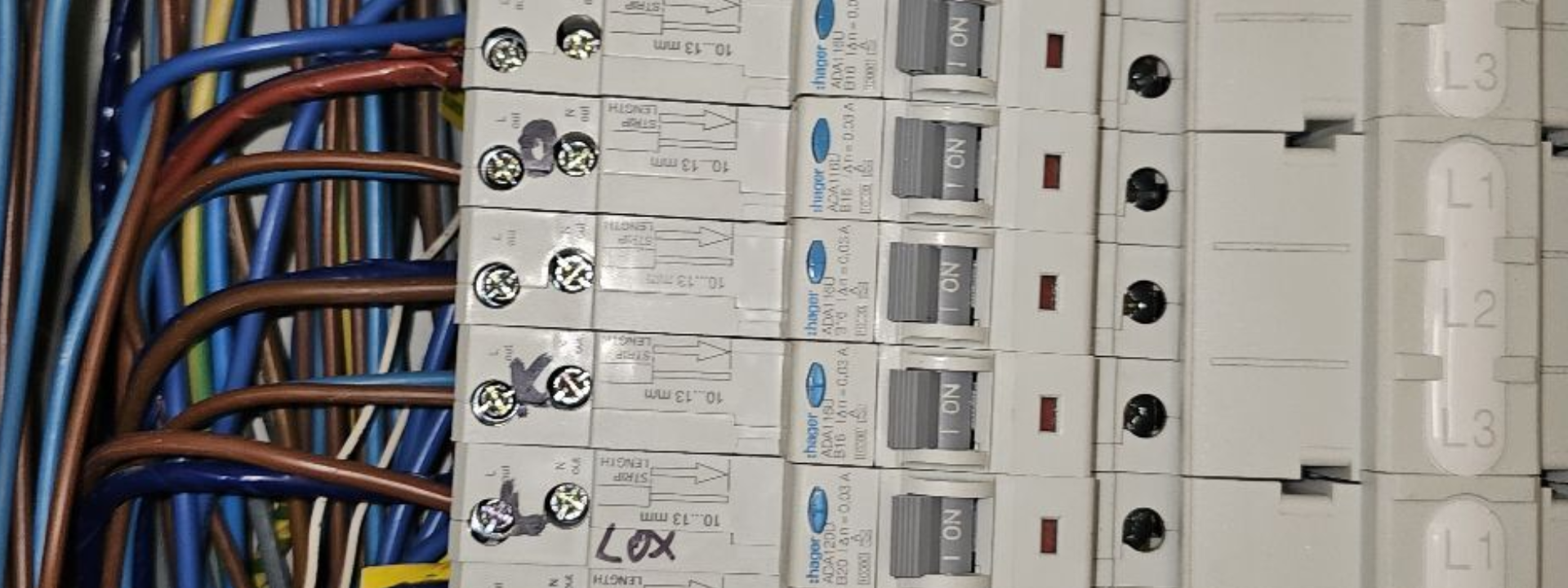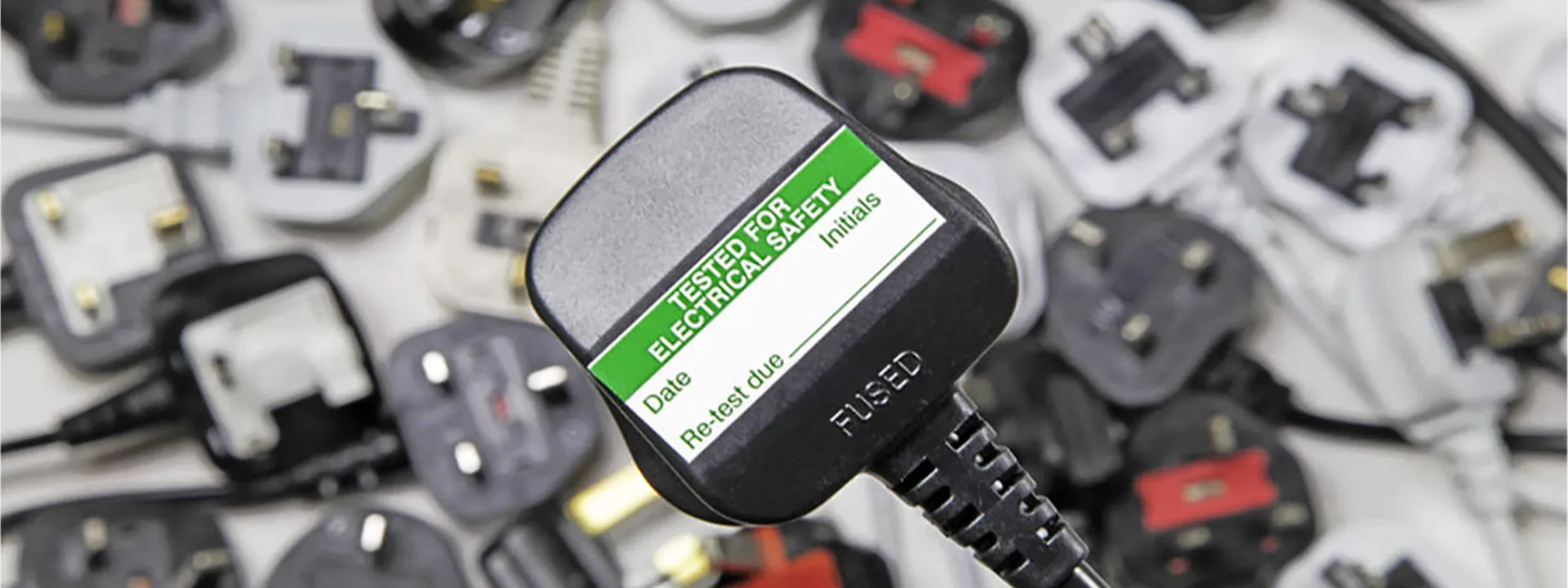Do you live in an apartment? Is your office in a multi-floored building? If so, then there is one thing that really makes you afraid. That is fire. Building fires are notorious for spreading very quickly if you don’t have the right safety measures. And that’s where fire safety checks come in.
A Fire safety check or inspection is when you inspect your commercial or residential building to ensure all fire prevention measures are in order. From checking if the sprinkler system or fire doors are working to ensuring all evacuation points are marked, all are checked. These inspections are essential and often mandatory in London and other parts of England.
Today, we will go through a step-by-step guide following the new mandates from the British government. We will inform you of the best practices on how to check fire safety. You should follow this guide, which was taken from professional and experienced fire inspectors. Let us all work to prevent fires and keep yourself and others safe.
Why is a Fire Safety Check Important?
You must know how to check fire safety because it will keep you and others safe in case of fire. There are other reasons why you should do regular fire safety inspections. For example:
![]() Regulation Compliance: As we have stated in the beginning, some regulations say fire safety inspections are mandatory. These regulations are in place in London and most parts of England, so you must obey them. There are heavy penalties for noncompliance.
Regulation Compliance: As we have stated in the beginning, some regulations say fire safety inspections are mandatory. These regulations are in place in London and most parts of England, so you must obey them. There are heavy penalties for noncompliance.
![]() Fire Hazard Identification: Fire safety checks are one of the only ways you can figure out if there are any safety and fire hazards in your building. Only when an inspector checks your building can you find hazards and tell you how you can correct them.
Fire Hazard Identification: Fire safety checks are one of the only ways you can figure out if there are any safety and fire hazards in your building. Only when an inspector checks your building can you find hazards and tell you how you can correct them.
![]() Maintain Fire Protection Systems: Fire safety inspectors are meant to ensure that any and all fire protection systems are working properly. Therefore, you should implement frequent fire safety checks.
Maintain Fire Protection Systems: Fire safety inspectors are meant to ensure that any and all fire protection systems are working properly. Therefore, you should implement frequent fire safety checks.
![]() Create Fire Safety Mindset: Doing frequent or regular fire safety inspections creates a mindset of fire protection within your residents and employees in the building. The more aware they are, the safer they will be during a fire.
Create Fire Safety Mindset: Doing frequent or regular fire safety inspections creates a mindset of fire protection within your residents and employees in the building. The more aware they are, the safer they will be during a fire.
![]() Provide Peace of Mind: Just knowing the fact that the building you are in is told to be fire-safe after a fire safety check gives the occupants and residents peace of mind
Provide Peace of Mind: Just knowing the fact that the building you are in is told to be fire-safe after a fire safety check gives the occupants and residents peace of mind
Fire Safety (England) Regulations 2022
On 23rd January 2023, the new Fire Safety (England) Regulations 2022 came into effect. This act brings new obligations and duties that the Responsible Person must follow under Article 24 of the Regulatory Reform (Fire Safety) Order 2005. The new regulations follow the ones from the Fire Safety Act 2021 that went into effect on 16th May 2022. Both the old and the new obligations and duties are meant to manage or reduce the risks of fire in multi-occupied residential buildings.
The new regulations are for three different kinds of buildings, as mentioned below:
All Residential Building With Two or More Sets of Domestics Flats, Regardless of Heights
![]() All residents must have information about Fire Safety Instructions.
All residents must have information about Fire Safety Instructions.![]() All residents must have information about Fire Doors.
All residents must have information about Fire Doors.
All Residential Buildings Between 11 Meters And 17.9 Meters In Height
![]() All residents must have information about Fire Safety Instructions
All residents must have information about Fire Safety Instructions![]() All residents must have information about Fire Doors
All residents must have information about Fire Doors![]() All residents must have information about Fire Door Checks
All residents must have information about Fire Door Checks
![]() These checks must be done quarterly for communal fire doors
These checks must be done quarterly for communal fire doors
![]() These checks must be done annually for flat entrance doors (including ones that self close)
These checks must be done annually for flat entrance doors (including ones that self close)
All Residential Buildings That Are Above Seven Storeys or 18 Meters
The following regulations are meant to aid the Fire and Rescue Service in the event of any incident for more effective responses.
- All residents must have information about Fire Safety Instructions.
- All residents must have information about Fire Doors
- All residents must have information about Fire Door Checks
- These checks must be done quarterly for communal fire doors
- These checks must be done annually for flat entrance doors (including ones that self close)
- Fire and Rescue Service must be given the most up-to-date Building Floor Plans
- The Responsible Person must also put the information in the secure information box
- The Responsible Person must install and maintain the secure information box
- The box must also contain information about their name and contact details
- These boxes must be checked annually
- Fire and Rescue Service must be given information on the design and materials used for External Wall Systems
- Any changes must also be informed
- Information about the windows and balconies must be shared along with the cladding
- Lifts and any other Fire-Fighting equipments must be checked for functionality monthly
- Wayfinding Signage (helps with vision in low light and smoky conditions) must comply with regulations
How to Check Fire Safety?
Now that you are informed about the latest changes in the fire safety inspection, we can go over how to check fire safety. We will guide you through a step-by-step process so that you can more easily understand this crucial inspection.
These fire risk assessments are conducted differently depending on various factors. Check out our complete guide on fire risk assessment for landowners and landlords from us.
So here is how fire safety check goes:
Step 1: Locate Persons at Risk
One of the first tasks on how to check fire safety inspection is to figure out who is in the most danger. It can be occupants, employees, people with disabilities, etc. Once you know who is in danger, you need to figure out why. This will help determine what you need to do to keep them safe.
Step 2: Locate Fire Hazards
After you have located the people who are in danger, you need to work out the sources of danger. You need to identify any and all fire hazards. The two main things you need to locate are the fuel and ignition sources. Additionally, you might also want to find potential sources of oxygen.
Step 3: Evaluate Fire Risk
Now that you have found who is in danger and what might cause a fire, you need to do the most important step of fire safety inspection. The next step of how to check fire safety is to do an evaluation. You have to evaluate the chance of a fire happening.
To begin, a Responsible Person or fire inspector needs to determine if adequate fire safety measures have been implemented. Here are some basic question that needs to be answered:
- Do the occupants in the building have the latest fire safety training and instructions?
- Does the building do regular fire drills?
- Do the occupants know what they must do to lower fire risks?
- Have the proper steps been taken to eliminate or reduce the fire triangle?
- Fire Triangle: Fire, Ignition, and Excessive Oxygen Sources
- Do the people in the building know about the Fire Emergency Evacuation Plan (FEEP)?
Responsible Person or fire inspector must also ensure that the building follows the Fire Industry Association (FIA) BS 5839 for fire detection & alarm systems. The following questions must be answered to confirm compliance:
![]() Can everyone in the building hear the alarm systems?
Can everyone in the building hear the alarm systems?
![]() Are the existing systems adequate for discovering and alarming fires? Will the people have enough time to evacuate once they hear the alarm?
Are the existing systems adequate for discovering and alarming fires? Will the people have enough time to evacuate once they hear the alarm?
![]() If alarms are connected to the main electricity, does it have enough backup power?
If alarms are connected to the main electricity, does it have enough backup power?
![]() Are the alarms in the best places for detecting potential fires?
Are the alarms in the best places for detecting potential fires?
Best way to ensure your fire alarms are meeting regulations is to get fire and smoke alarm certification from reliable experts.
The fire extinguishers must be evaluated after the alarm and fire prevention system. The extinguishers must be in the right place with full visibility and readable signs. The occupants must have the right training for proper use. Extinguishers must be of the right type to cover the common causes of the fire that might happen in that particular building. The building must have enough extinguishers.
The fire safety inspection must also check all the escape routes in the building and see if there are any issues with them. The inspection needs to cover where the routes are and how easily people can escape through them. The check also needs to answer if the routes are in clear view and free of obstructions. If they aren’t, notes must be made to rectify it.
Finally, the fire safety lights, signs, and other fire safety points must be evaluated. Once a comprehensive check has been done, we can move to the next step, which is the last step.
Step 4: Record All Findings
The fourth step in our How to Check Fire Safety guide is about recording your findings. This step must be done while you are doing the other steps. During this step, you will be recording findings and ensuring the proper authorities can inspect them as well. In the recordings, any method for rectifying issues must be included as well.
Step 5: Check Findings and Make Changes
The final step on how to check fire safety is all about making changes. After you have found potential fire risks and recorded them, you need to rectify them. You might want to ensure that your previous safety measures are in line with the new findings.
With over 10 years of experience we can ensure that your home’s fire risk assessment is conducted thoroughly and efficiently. Contact us today to ensure your home and building is safe and secure from fire hazards.
Fire Safety Inspection Best Practices
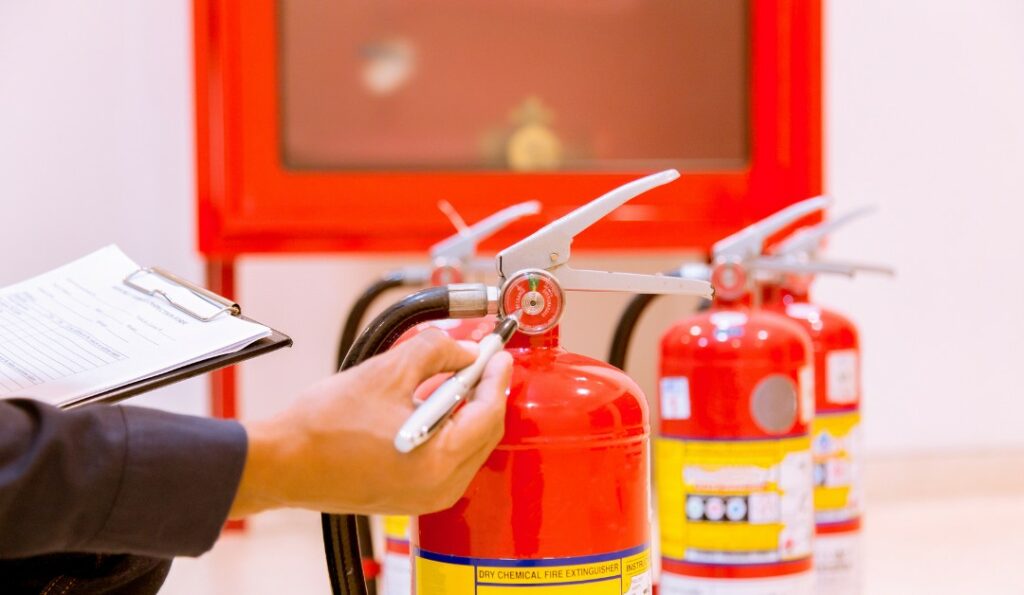
We are done with how to check fire safety. Now, we will tell you about the best practices of a fire safety inspection. These aren’t any mandatory steps you or the inspector must take; instead, these will help make the inspection more beneficial and complete.
Here are some of the best fire safety check practices:
![]() Be as systematic as possible in order to find and rectify any and all fire risks.
Be as systematic as possible in order to find and rectify any and all fire risks.
![]() Encourage the occupants of the building to take part in the inspection by reporting any potential fire hazards.
Encourage the occupants of the building to take part in the inspection by reporting any potential fire hazards.
![]() Be more proactive when identifying issues and figuring out and implementing fire safety precautions.
Be more proactive when identifying issues and figuring out and implementing fire safety precautions.
![]() Have open communications about the inspection with authorities and building occupants for better awareness and preparation
Have open communications about the inspection with authorities and building occupants for better awareness and preparation
![]() Do inspections more regularly and make adjustments whenever necessary. Find out how often to do fire risk assessments from experienced inspectors.
Do inspections more regularly and make adjustments whenever necessary. Find out how often to do fire risk assessments from experienced inspectors.
Conclusion
Knowing how to check fire safety is valuable knowledge because it can keep you and others in the building safe. The fire safety inspection is about ensuring there are as few fire risks as possible in the building and that adequate prevention steps are taken.
In January 2023, new obligations and duties were introduced that must be complied with by the Responsible Person of a building. The most important regulations were for residential buildings.
The main part of a fire safety check is to identify potential fire risks and people who might be in danger. Once you have found them, you need to evaluate the fire risks and figure out what must be done to eliminate or reduce them. While doing so, you need to record all your findings properly so that authorities can read them. Finally, you need to ensure that all your preventive measures are still effective with the new findings.
You can also do other things to ensure your fire safety check is as complete and comprehensive as possible. There are no shortcuts in fire prevention since you are trying to protect lives and property. We hope our guide helps you ensure this.
